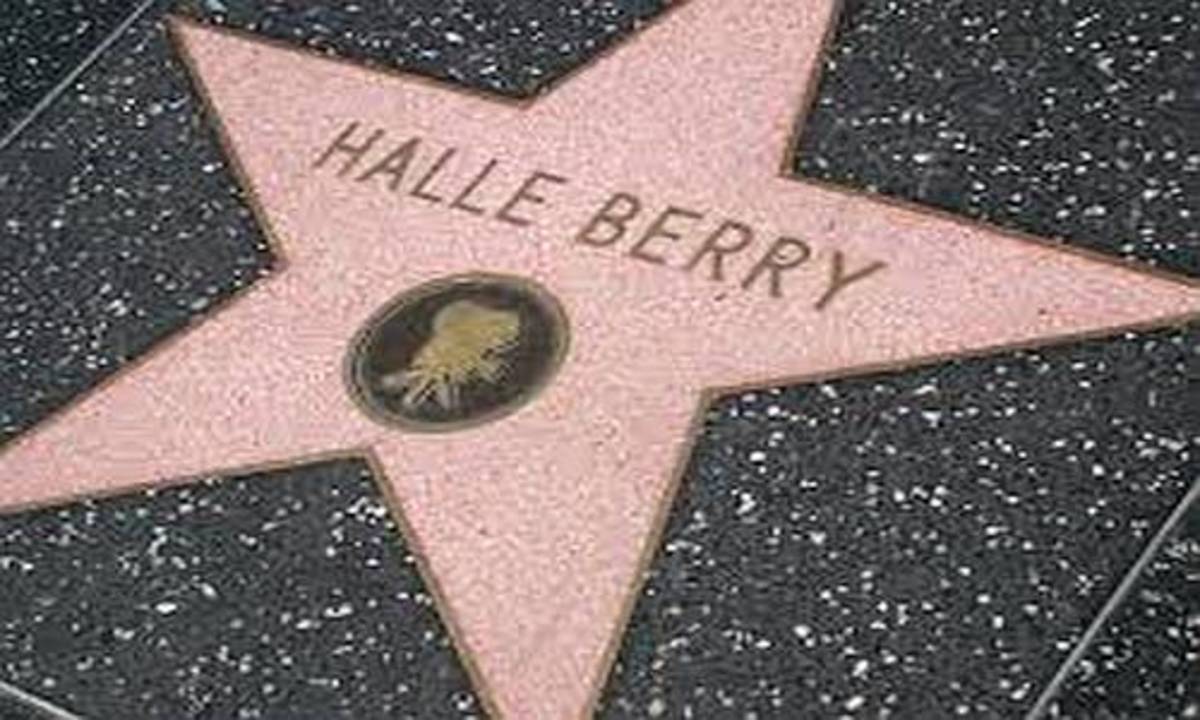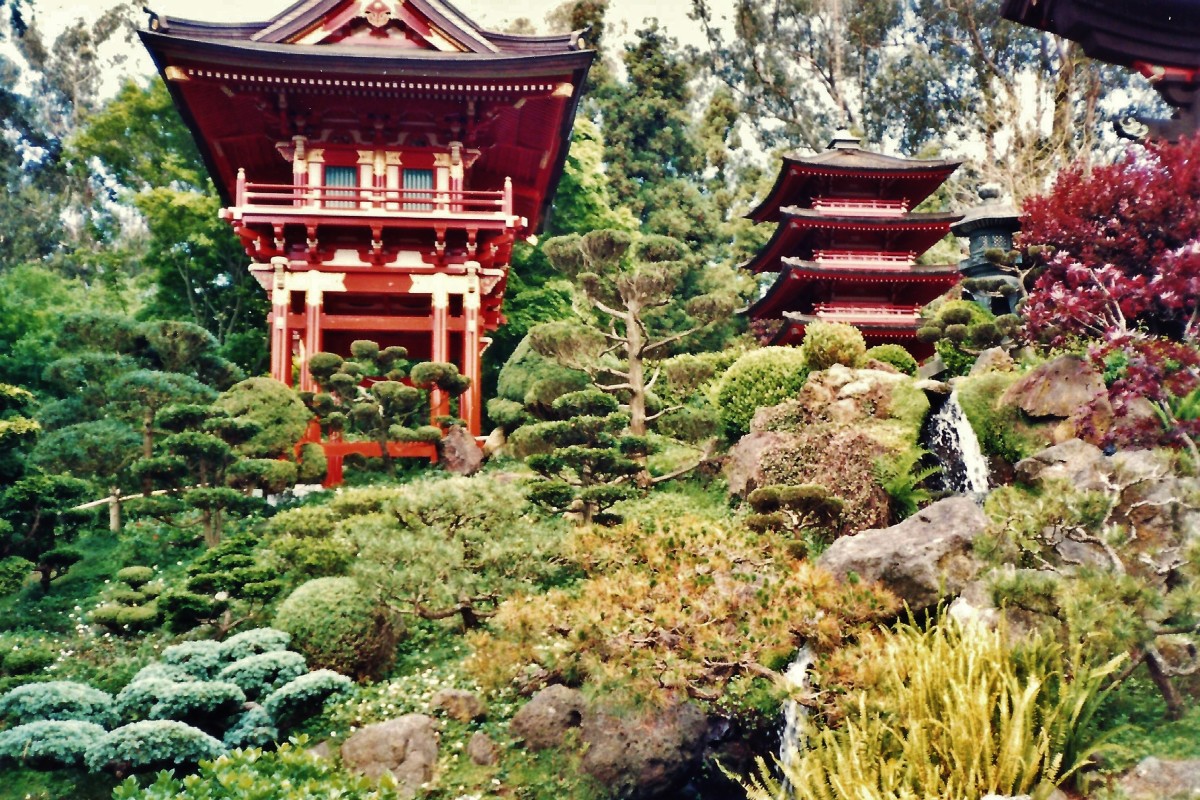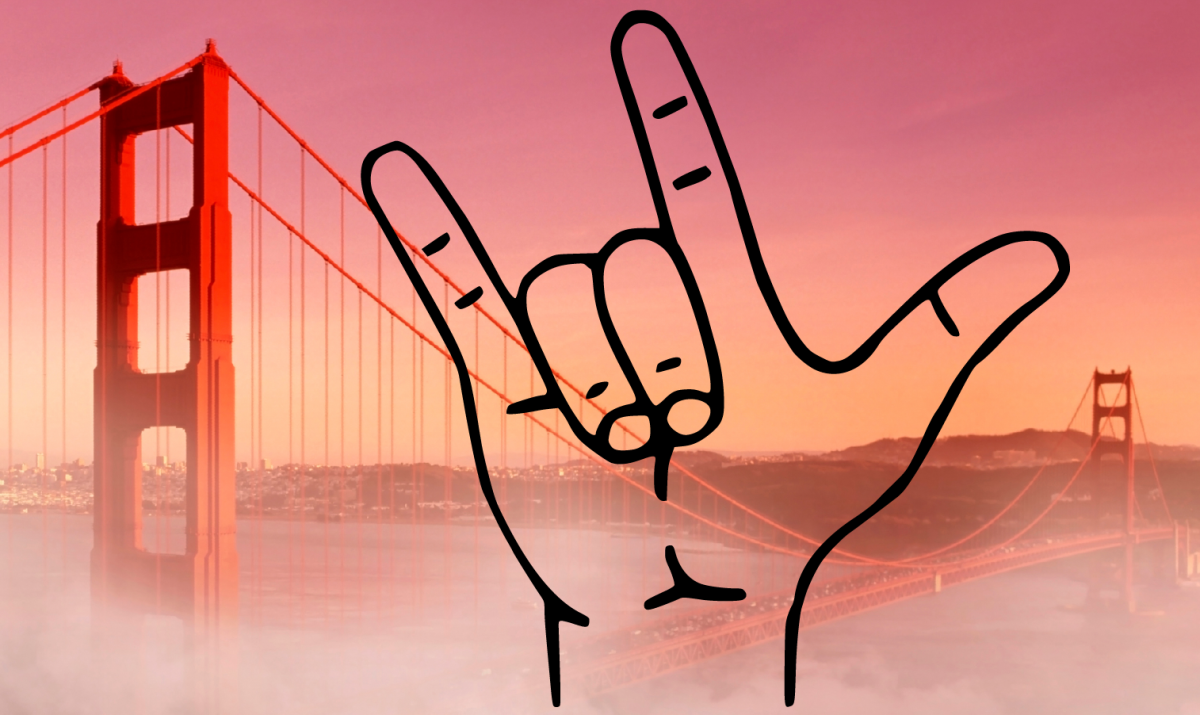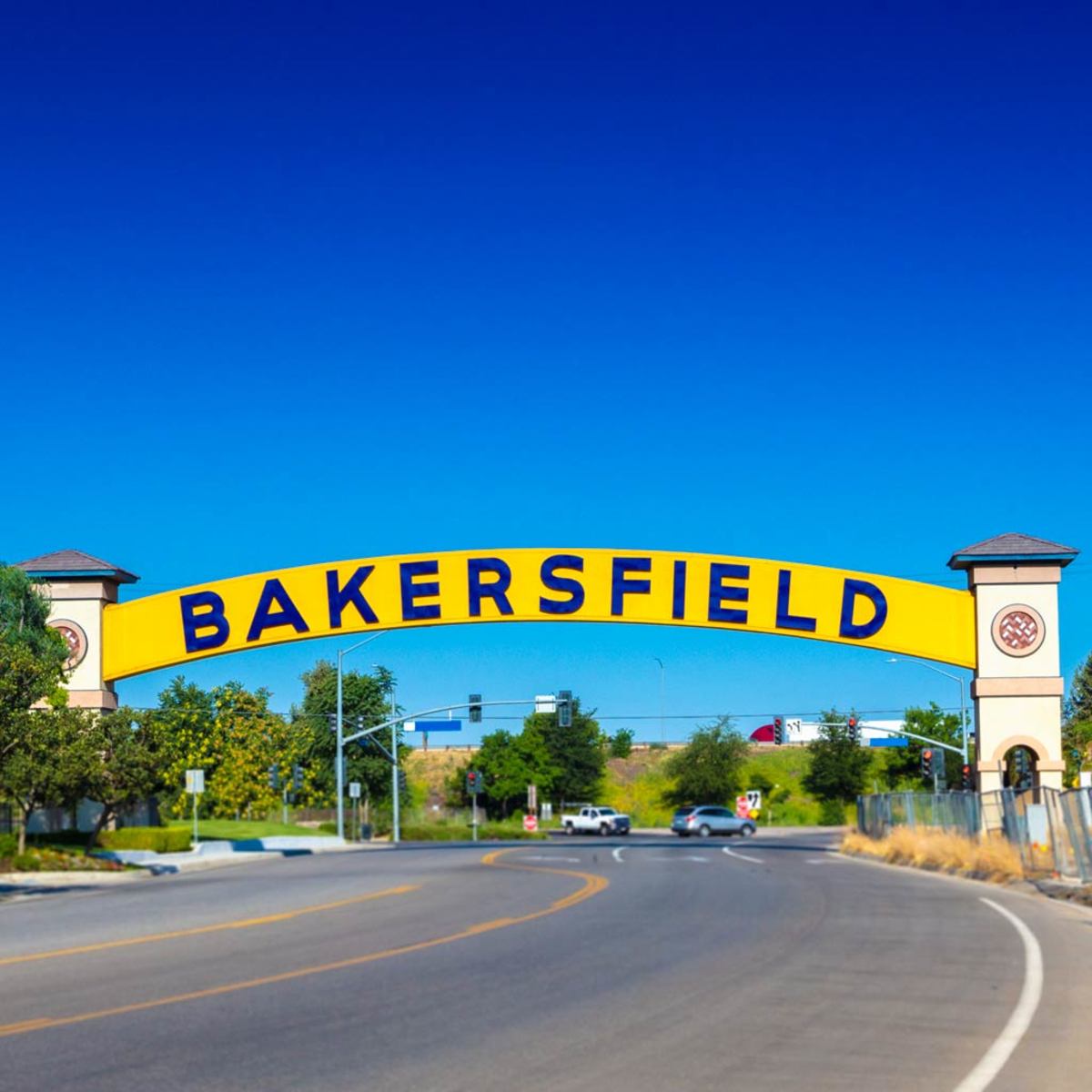- HubPages»
- Travel and Places»
- Visiting North America»
- United States»
- California
The Hollywoodland Sign
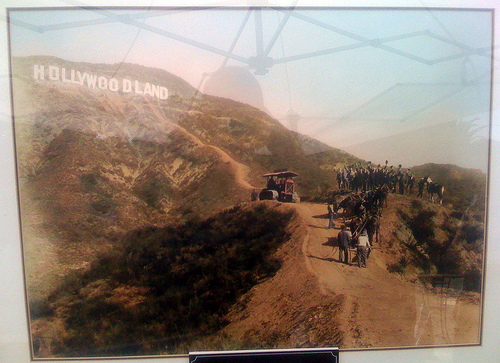
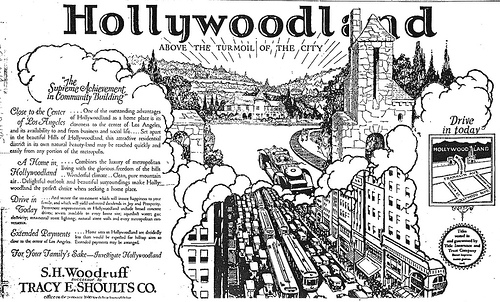
Hollywoodland, 1932
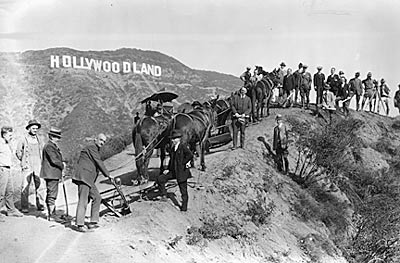
Mother Goose Goes To Hollywood (1938): a cartoon tribute to many of Hollywood's brightest stars
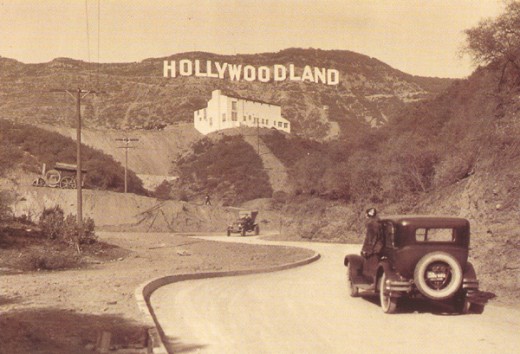
Hooray for Hollywood (A Tribute to the Movies)
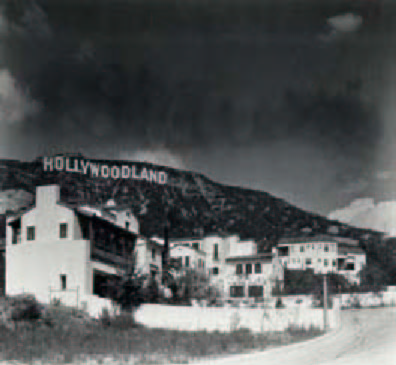
Peg Entwistle (Hollywood Sign Suicide 1932)
A Sign From Above
There are many iconic monuments and celebrated landmarks all over the world. You can close your eyes and see them the moment someone mentions them...even though you may have never personally seen them...you know the images...Christ the Redeemer statue in Rio De Janeiro, the Eiffel Tower in Paris France, the Great Pyramid of Giza in Egypt, The Church of the Savior on Blood in Saint Petersburg Russia, the Statue Of Liberty in New York City, and the most famous sign in the history... the one that graces the hillside above Hollywood, California....the big bold white letters that spells out HOLLYWOOD. The Hollywood sign is known around the world as the symbol of the American movie industry.
The city was actually named in 1887 by Mrs. Daeida Wilcox, the wife of the town's founder, Harvey Wilcox. Mrs. Wilcox, while on a train, met a lady who was talking to her about her summer home in Florida in a seaside town called Hollywood. Mrs. Wilcox fell in love with the name,and so Hollywood, California was born.
Hollywood, California was a small farming community until 1907, when a Chicago film company moved to Hollywood from Chicago, because of bad weather, to finish shooting a movie. It wasn't long until, the Nestor Film Company of New Jersey moved to Hollywood. The Nestor Film Company created Hollywood's first movie studio by converting an old barn. Soon, word got out into the industry about Hollywood's year-around good weather, and diverse landscapes around the area. The early movie making business players, soon flocked to Southern California. By 1912, there were 15 movie studios situated in Hollywood, and between 1915 and 1920, many independent film studios started operation. After a few cutthroat years, many of the small film companies began to merge, creating some of the big movie studio names we know today. Hollywood began to experience rapid growth.
This spurt was mainly fueled by the astronomical growth of the film industry, by this time almost 40 million Americans went to the movies each week. Hollywood and its out-lying areas also owe their existence to the Owen's Valley Aqueduct and its designer, William Mullholland. William was head engineer of the Municipal Water Authority, who ensured that the water would continue to flow into the City of Hollywood and the Los Angeles basin.
A Star Is Born
A group of prominent investors decided to develop a residential neighborhood and call it Hollywoodland, in 1923. Among the group of investors were Los Angeles Times publisher Harry Chandler and movie director Mack Sennett. To promote the development, Chandler hired contractor George Roche to build the world's largest sign. A sign that spelled "HOLLYWOODLAND," so in essence the now iconic sign was really just a giant billboard. The sign was built with telephone poles and barn roofing at a cost of $21,000.00. Holes were punched through the sign to help relieve stress caused by the winds. Although this giant tool for real estate promotion was intended to last for only 18 months, the sign survived to become a beloved part of iconoclast American History.
For many years, the Hollywoodland sign was visible at night. The edges of each letter were lit up by more than 4,000 light bulbs, which were maintained daily by Albert Kothe; whose sole job was to change them when one would burn out. In order to do this job, Kothe lived in a tiny shack behind the first letter L. That's a pretty sweet gig in my opinion... plus Albert had a premium view for free. It was all part of the job.
America was the land of opportunity, and Hollywood was the three martini lunch of America's desires. The place where you could go to live out your fantasy and be whoever you wanted to be. Only, at some point reality had to slap tinseltown out of its glamorous stupor, and come crashing down, it did.
Enter In Lillian "Peg" Entwistle
The Hollywoodland sign stood proudly watching over it's loyal subjects, in the kingdom of celluloid and sunshine without incident... that is until 1932. When an episode would poetically sum up the frustrations of living in a town that even when everything seems to be in focus, they're still only two-dimensional.
On September 16, 1932, a successful Broadway actress named Lillian "Peg" Entwistle committed suicide by leaping from the top of the letter H. She had become depressed because she was unable to find roles on the west coast. Ironically, just after her death, her uncle (whom she had been staying with) received a letter offering Peg the lead role in a play about a girl who commits suicide. From that point on the Hollywoodland sign was no longer just a sign, a backdrop or merely scenery. Entwistle's suicide had linked forever the name Hollywood, and the sign came to embody the metaphor; of Hollywood as the land of broken dreams. And Lillian "Peg" Entwistle became Hollywood's original suicide girl.
....According to the legend, her ghost still haunts the sign.
Hollywoodland Becomes Hollywood
Real estate development in Hollywoodland experienced a slide in the 1930s due to the 1929 stock market crash. The Great Depression wrecked the economy and it took the housing market tumbling right along with it. By the 1940s, the M.H. Sherman Company was no longer able to pay someone to maintain the sign, and so it was abandoned. The M.H. Sherman Company, also known as the Hollywoodland Development Company, "quit claimed" the rights to the sign and 455 surrounding acres to the City of Los Angeles in 1944, attaching the property to Griffith Park.
In 1949, the City of Los Angeles entered into a maintenance agreement with the Hollywood Chamber of Commerce, when the 'H' toppled in the wind. to preserve the derelict sign. The last four letters were removed, and, for the first time, the sign simply spelled "HOLLYWOOD".
Keeping up with maintenance proved to be somewhat of a trying task. Especially since Hollywood itself started going "down hill" in the 1960s, the sign once again fell into disrepair. The Hollywood Kiwanis Club raised enough money to fix the damage, but soon after using the last of the funds to restore the 'D,' one of the 'O's crashed down the hill.
A Sign Of Rebirth
Throughout the 1950's and 1960's the entertainment industry expanded dramatically. It was during this period, the Hollywood sign became an internationally recognized star in its own right, due to its exposure in films, television, and in commercials. The sign's prominence and historical significance led the Los Angeles Cultural Heritage Board to designate the Hollywood sign as a landmark in 1973. It was labeled as Cultural Historical Monument #111 by the board.
During the 1970's, the Hollywood sign, again fell into disrepair, badly. The "D" and the third "O" collapsed, which fell down the mountain. An arsonist had set the second "L" on fire. Protesters, who wanted California to loosen their marijuana laws, changed the second and third "O" to an "e". In an evening, "HOLLYWOOD" became "HOLLYWeeD".
The Hollywood Chamber of Commerce set out to restore the sign once again. During this period of restoration, it was determined that it would take a quarter million dollars to restore the sign to its original glamorous beauty. Facing what was thought to be a losing challenge to raise that kind of money, the Hollywood Chamber of Commerce was just about to throw in the towel. When some of the biggest names in entertainment came to the rescue of the beloved Hollywood sign.
Hollywood's Stars Shine
The rock band Fleetwood Mac tried to start things off by offering a benefit concert. But, Fleetwood Mac was stopped from performing the charity concert in Hollywood by the local residents.
By 1978, the third O had fallen over, and the sign could no longer be repaired. The Hollywood Chamber of Commerce launched the "Save the Sign" campaign, with help from Hugh Hefner, who hosted a gala fundraiser at the Playboy Mansion, in which letters for a new sign would be sold at nearly $27,700 a pop. The adopt-a-letter campaign worked, and sponsors like Gene Autry (who bought an 'L'), Alice Cooper ('O'),in honor of Groucho Marx, Singer Andy Williams, and others successfully raised over $250,000.
Here's a bit of trivia: Hugh Hefner bought the 'Y' for obvious reasons.
A Hollywood Facelift
Hal Brown Jr., of the Pacific Outdoor Advertising Company, was contracted to rebuild the sign. The sign was very personal to Brown because his uncle, George Roche, had built the original Hollywoodland sign in 1923. Brown hired Cornelius Van Dam to design the new sign as a more durable structure, but the same dimensions as the original. The plans were approved by the City of Los Angeles, the Cultural Heritage Board, and the Hollywood Chamber of Commerce.
The original, legendary Hollywood sign was taken down, and for three months in 1978, the HOLLYWOOD sign was missing from the Los Angeles skyline. With 194-tons of concrete, enamel and steel, the new sign was constructed to survive well into the next century. The new sign was unveiled in November 1978.
Just So It Won't Happen Again
To prevent any repeats of the past, the California Attorney General assigned rights and responsibilities to three government agencies in 1992 for the sign. The City of Los Angeles owns the land where the sign stands. The City of Hollywood owns the licensing rights for the image of the sign. And the Hollywood Sign Trust was assigned to maintain, repair, and to perform any capital improvements to the sign, for the benefit of the public.
In 2000, the Hollywood Sign Trust hired Panasonic to install a state-of-the-art security system, with a large closed circuit, Internet-based surveillance network, which can be monitored 24/7 over the Internet, to protect the sign from vandals and fire. The security system was upgraded again in 2005. Since the security system is Internet-based, anyone on the Internet can watch over the sign 24 hours a day on its live web cam, located at: www.hollywoodsign.org/247.html
The Hollywood Sign is the most famous sign in the world. It is located on Mount Lee in Griffith Park overlooking Hollywood. It is illegal to hike to the Hollywood Sign.
The original Hollywood sign was placed in a storage facility after it was taken down. No one was aware that the company hired to remove the sign had understood its historical significance and elected to store it rather than dispose of it as was planned. The sign remained in storage until it was purchased by noted collector of rare and unusual memorabilia, and famous artist, Bill Mack in 2007. Bill intends to use the metal facing from the sign as a canvas,and he plans to paint the likenesses of the "great "movie stars from the Golden Years Of Hollywood."
It is this metal that many young actors and actresses climbed Mount Lee to touch it and have pictures taken with it for luck. It's the same metal that one actress stood upon and jumped off of... ending her life and forever changing the meaning of the sign from "all that glitters to the city of broken dreams."
It is this same metal that Bill Mack will paint the legendary images of Hollywood.

Hollywood Street Performers
Facts About the Hollywood Sign
- The Sign was built in 1923 to read Hollywoodland, as a publicity ploy to promote sales of homes in a subdivision by the same name along Beachwood Canyon.
- Original cost was $21,000. Letters were 30 feet wide and 50 feet tall, and were studded with low wattage light bulbs, 4,000 altogether. The Sign was expected to last a year and a half.
- Maintenance of the Sign was discontinued in 1939. Late in 1944, the M. H. Sherman Company, developers of the Hollywoodlands, quit claimed to the City of Los Angeles about 455 acres of land adjoining Griffith Park, which property included the Sign.
- In 1949, the Hollywood Chamber of Commerce entered into a contract with the Department of Recreation and Parks to repair and rebuild the Sign and to remove "land" so that it would spell HOLLYWOOD. The cost was estimated to be $4,000. The light bulbs had long before been stolen, and the City stipulated that any new illumination would be at the expense of the Chamber.
- The Sign was declared Los Angeles Cultural-Historical Monument #111 in 1973 by the Cultural Heritage Board of the City of Los Angeles.
- A fundraising campaign was launched in April of 1978 by the Hollywood Chamber of Commerce to rebuild the Sign after it had seriously deteriorated. Donors contributed $27,700 each to buy a replacement letter.
- Work to rebuild the Sign began in August of 1978 and was finished by November. Pacific Outdoor Advertising Company, in conjunction with Hughes Helicopters and Heath Sign Company, demolished the remains of the old Sign and installed new all-steel letters in its place.
- The Sign now stretches 450 feet across the side of Mount Lee, and is still 50 feet tall. It weighs 450,000 pounds.
- The new Hollywood Sign was unveiled live on November 14, 1978, on Hollywood's 75th anniversary, before a television audience of 60 million.
- Primary responsibility for the maintenance and preservation of the Sign rests with the Hollywood Sign Trust. The trustees are named by the Hollywood Chamber of Commerce and the City of Los Angeles

Bob Seger & the Silver Bullet Band- Hollywood Nights (live)
The Sign Of Change
It is illegal to make alterations to the Hollywood sign. Even though the City has allowed it to happen in the past, on occasion for commercial purposes. Current city policies do not permit changes to be made, due to the incidents that have happened in the past.
But here are some of the more famous modifications:
- HOLYWOOD - September 1987, for Pope John Paul II's arrival
- OLLYWOOD - July 1987, during Iran-Contra hearings
- CALTECH - May 1987, on Hollywood's 100th birthday
- FOX - April 1987, promotion for the TV network
- HOLLYWOOD II - April 1986, to mark revitalization of area
- RAFFEYSOD - January 1985, meaning never determined
- HOLLYWEED - December 1983, for a movie filming
- GO NAVY - November 1983, before a game at the Rose Bowl
- HOLLYWEED - January 1976, noting new state marijuana law


